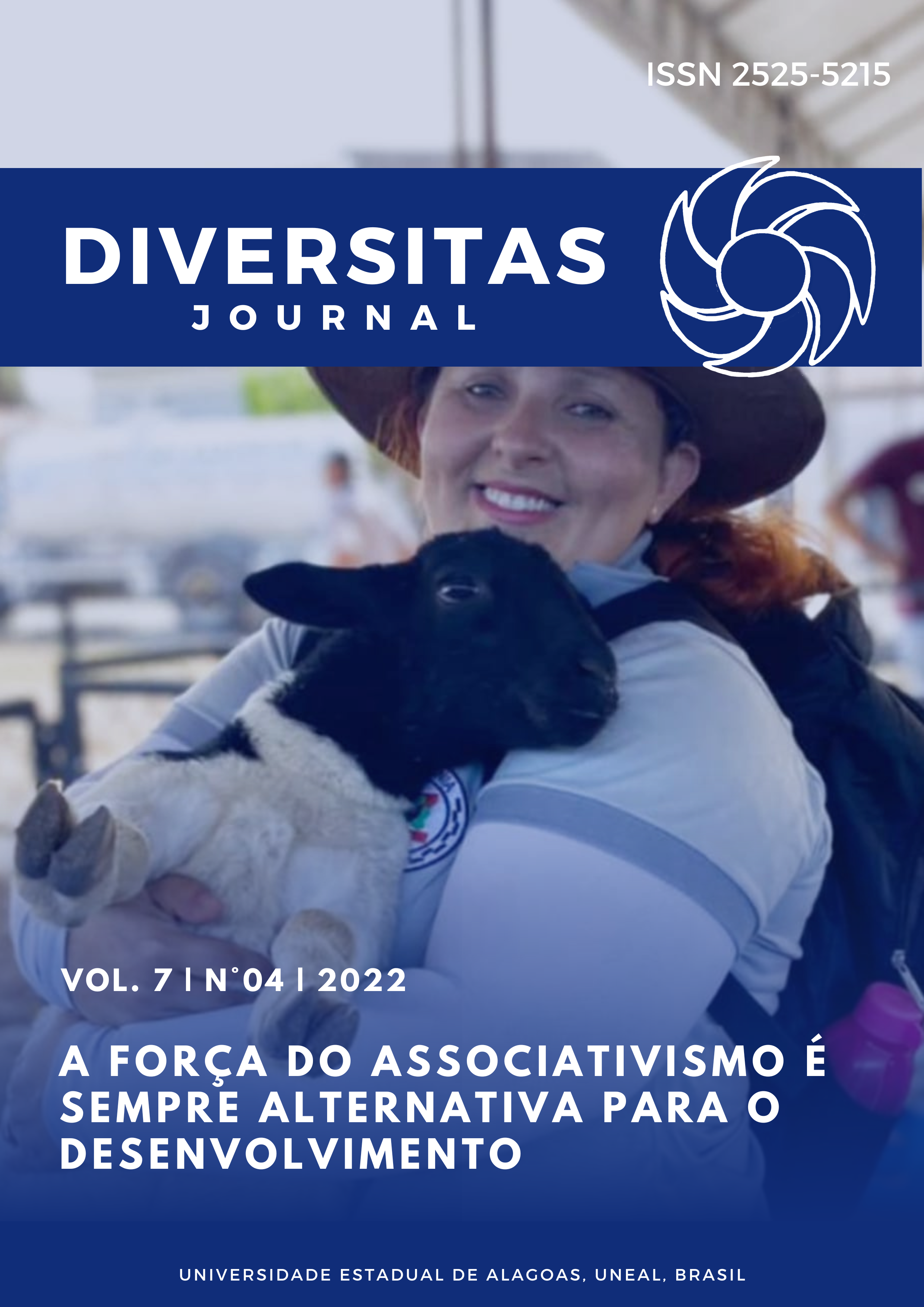O contágio devastador do vírus SARS-COV-2 e o contágio transformador dos TSURUS
DOI:
https://doi.org/10.48017/dj.v7i4.2240Keywords:
Pedagogical Residency, Remote Teaching, Teacher Training, SchoolAbstract
Welcome to this house/address/residence constituted by affection and enchantment. Upon entering the experience narrated by this writing, we invite you to know the contributions of the Pedagogical Residency Program (RP) to teacher training during the implementation of the Literacy and Arts subproject developed at a Federal University XX. The purpose of the text is to share moments that transformed the chaotic context caused by the SARS-COV-19 contagion into hope. If a virus prevented physical permanence in classrooms, the tactic was to contaminate virtual environments. For this, a collective practice was proposed between university, school, and the students' families, in which writing, and aesthetics were intertwined. TSURU's origami, a character from Japanese culture, was chosen to represent the Tokyo/2021 Olympic Games and symbolize the sacred bird of health, luck, happiness, longevity, and fortune. The legend says that if a community folds a thousand birds, the gods grant their deepest wish. Thus, the residents' planning, in a new movement of collective contagion, was shared among the other 27 classes, comprising a total of 566 students, in order to outline the collective goal. The analysis of the results of the activity demonstrates the power of the Pedagogical Residency for initial and complementary training of academics by providing partnerships between teachers, students, and family members. We envision an experience that transcends school and university walls and/or computer screens, breaking with a fragmented pedagogical practice.
References
Castell, C. P. (2012). Pela linha do tempo do desenho infantil: um caminho trans estético para o currículo integrado. Rio Grande: FURG.
Cunha, S. R. V. D. (2019). Questionamentos de uma professora de arte sobre o ensino de arte na contemporaneidade. Para pensar a docência na educação infantil. Porto Alegre: Evangraf, 2019. P. 178-196.
Faria, J. B., & Diniz-Pereira, J. E. (2019). Residência pedagógica: afinal, o que é isso?. Revista de Educação Pública, 28(68), 333-356.
Ferreiro, E., Teberosky, A., & Lichtenstein, D. M. (1986). Psicogênese da língua escrita (p. 300). Artes Médicas.
Gino, L. (2011) Gino Blog da própria autora: http://mundoparalelog.blogspot.com.br/2011/07/casa-arrumada.html
Gontijo, C. M. M. (2008). A escrita infantil. São Paulo: Autores Associados.
Kleiman, A. (2008). Os significados do letramento: uma nova perspectiva sobre a prática social da escrita. Campinas, SP: Mercado das Letras, 1995. São Paulo. Contexto.
Kobayashi, M. D. C. M., & Yamada, T. R. U. (2013). Origami e kirigami: arte e cultura como recurso lúdico e educativo. Revista Ciência em Extensão, 9(3), 148-158. https://www.minutoseguros.com.br/quem-somos/lenda-tsuru
Morais, A. G. D. (2005). Se a escrita alfabética é um sistema notacional (e não um código), que implicações isto tem para a alfabetização. MORAIS, A.; ALBUQUERQUE, E.; LEAL, T. Alfabetização: apropriação do sistema de escrita alfabética. Belo Horizonte: Editora Autêntica, 29-45.
Pillar, A. D. (2009). Desenho e escrita como sistemas de representação. Penso Editora.
Soares, M. B. (1999). Aprender a escrever, ensinar a escrever. A magia da linguagem, 2, 49-73.
Soares, M. (2003). A reinvenção da alfabetização. Presença pedagógica, 9(52), 15-21.
Soares, M. (2004). Letramento e alfabetização: as muitas facetas. Revista brasileira de educação, 5-17.
Soares, M. (2019). Alfabetização: a questão dos métodos. São Paulo: Contexto.
Vilela, E. M., & Mendes, I. J. M. (2003). Interdisciplinaridade e saúde: estudo bibliográfico. Revista Latino-Americana de Enfermagem, 11(4), 525-531.
Walgenbach, W., Parentoni, R., & Barbosa, F. A. R. (2000). Modos operativos de integração disciplinar nas ciências ambientais. Interdisciplinaridade em Ciências Ambientais. PNUMA/ORPALC: Rede de Formação Ambiental, 5, 211-245.
Additional Files
Published
How to Cite
Issue
Section
License
Copyright (c) 2022 Viviane, Gabriela Medeiros Nogueira, Silvana

This work is licensed under a Creative Commons Attribution 4.0 International License.
The Diversitas Journal expresses that the articles are the sole responsibility of the Authors, who are familiar with Brazilian and international legislation.
Articles are peer-reviewed and care should be taken to warn of the possible incidence of plagiarism. However, plagiarism is an indisputable action by the authors.
The violation of copyright is a crime, provided for in article 184 of the Brazilian Penal Code: “Art. 184 Violating copyright and related rights: Penalty - detention, from 3 (three) months to 1 (one) year, or fine. § 1 If the violation consists of total or partial reproduction, for the purpose of direct or indirect profit, by any means or process, of intellectual work, interpretation, performance or phonogram, without the express authorization of the author, the performer, the producer , as the case may be, or whoever represents them: Penalty - imprisonment, from 2 (two) to 4 (four) years, and a fine. ”


















